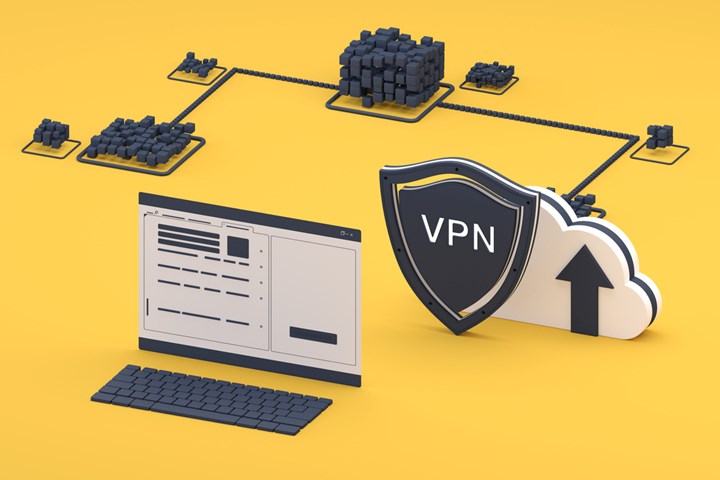Industrial HMI Remote Access for Hot Runner Controls
Fast Heat by Spark Industries adds the EasyAccess 2.0 VPN to provide a secure and easy way to connect to its hot runner controls from a remote PC.
Until now, Fast Heat hot runner controls have been able to be remotely controlled with a VNC Viewer application since the advent of the company’s latest touchscreen HMIs. However, according to the company, this application requires the remote access computer or device to be on the same network, meaning a remote user would have to use a virtual private network (VPN) to access the network in order to connect to a hot runner controller.
The company is offering EasyAccess 2.0 to address this issue, which is an application that is said to provide a secure and easy way to connect to Fast Heat’s hot runner controls from a remote PC not on the same network. The tool connects the remote PC to the target HMI using a VPN connection. Because this is a VPN connection, an internet server is used to establish communications between the remote PC and the HMI.
Once connected using EasyAccess 2.0, the user can use VNC Viewer to display what is shown on the HMI (but must know the IP address of the unit). The user is able to change screens, push buttons or perform any other task that can be done by the local plant floor operator on the HMI — the company notes that one person at a time can view a specific HMI on the domain. The current status of each HMI is also known at all times (offline, connected, occupied by another user). With greatly reduced bandwidth requirement for the connections — meaning faster response times and resource allocation to other network connections — and data encryption between the PC and HMI, Fast Heat says EasyAccess 2.0 is useful for uploading/downloading a new project to the HMI from a remote PC.
To access, this server requires a one-time activation for each HMI connection (there is no limit or charge for the number of users). A free EasyAccess 2.0 app is available for phones/tablets.
Related Content
-
It Starts With the Part: A Plastic Part Checklist Ensures Good Mold Design
All successful mold build projects start with examining the part to be molded to ensure it is moldable and will meet the customers' production objectives.
-
Advantages and Disadvantages of Copper and Graphite Electrodes
Both copper and graphite provide approximately the same end result, so it is important for a shop to consider the advantages and disadvantages of each material in order to discover what would work best in their shop floor environment.
-
Maintaining a Wire EDM Machine
To achieve the ultimate capability and level of productivity from your wire EDM on a consistent, repeatable and reliable basis, regular maintenance is a required task.
.jpg;maxWidth=970;quality=90)











.jpg;maxWidth=300;quality=90)
